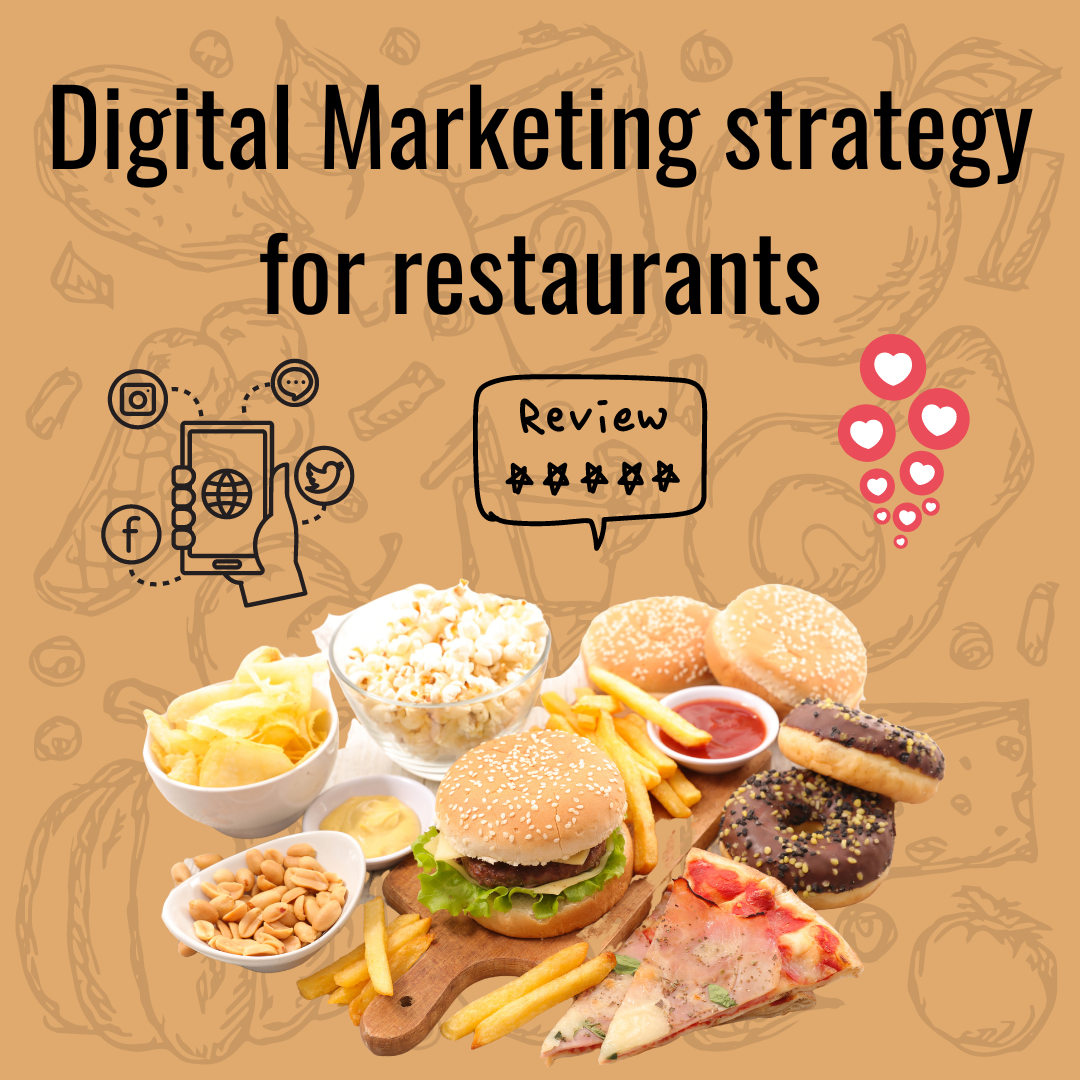Are you looking to fill more tables at your restaurant and increase your revenue? Understanding how to run Google Ads effectively can be a game changer. In this guide, we’ll walk you through the essentials of creating and managing Google Ads as part of a robust digital marketing strategy for restaurants.
Why Google Ads?
Google Ads can put your restaurant in front of thousands of potential customers actively searching for dining options. With over 90% of internet users relying on Google, it’s a powerful platform to attract local diners.
Benefits of Google Ads
- Targeted Reach:Connect with locals seeking dining options.
- Cost-Effective:Control your budget with pay-per-click (PPC) advertising.
- Measurable Results:Track performance with detailed analytics.
Step-by-Step Guide to Running Google Ads for Your Restaurant
1. Set Clear Goals
Before diving in, decide what you want to achieve with your ads. Common goals include:
- Increasing reservations
- Promoting special offers
- Building brand awareness
2. Keyword Research
Keywords are the backbone of your Google Ads campaign. Use tools like Google Keyword Planner to find relevant keywords. Aim for a mix of:
- Broad Keywords:g., “restaurants near me”
- Specific Keywords:g., “best Italian restaurant in [City]”
- Long-Tail Keywords:g., “family-friendly dinner spots in [Neighborhood]”
3. Create Compelling Ads
Your ad copy should be catchy and to the point. Here’s a simple structure:
- Headline:Grab attention (e.g., “Delicious Italian Cuisine in [City]”)
- Description:Highlight unique selling points (e.g., “Homemade pasta, cozy atmosphere, online reservations available”)
- Call-to-Action (CTA):Encourage clicks (e.g., “Reserve Your Table Today!”)
4. Optimize Your Landing Page
Ensure the page your ad links to is relevant and engaging. Tips for an effective landing page:
- Fast Loading:53% of users leave a site that takes over 3 seconds to load.
- Mobile-Friendly:Over 60% of searches are on mobile.
- Clear CTA:Make it easy to book a table or call.
5. Set Up Targeting
Targeting ensures your ads reach the right audience. Consider:
- Location:Focus on your local area.
- Demographics:Age, gender, and income can influence dining choices.
- Interests:Target food lovers or people interested in dining out.
6. Monitor and Adjust
Regularly check your campaign’s performance. Key metrics to watch:
- Click-Through Rate (CTR):A higher CTR indicates effective ads.
- Conversion Rate:Measures how many clicks lead to reservations.
- Cost Per Click (CPC):Ensure you’re getting value for money.
7. Leverage Ad Extensions
Ad extensions can increase your ad’s visibility and effectiveness. Use:
- Location Extensions:Show your restaurant’s address.
- Call Extensions:Enable direct calls from the ad.
- Sitelink Extensions:Highlight special offers or menu pages.
Example Table: Budget Allocation
Here’s a sample budget allocation to get you started:
| Category | Monthly Budget | Percentage |
| Keyword Research | $100 | 10% |
| Ad Creation | $150 | 15% |
| Landing Page Design | $200 | 20% |
| Ad Spend | $450 | 45% |
| Monitoring & Adjusting | $100 | 10% |
| Total | $1000 | 100% |
Pro Tips for Success
- A/B Testing:Experiment with different headlines and descriptions to see what works best.
- Seasonal Campaigns:Adjust your ads for holidays or local events.
- Reviews and Ratings:Highlight positive reviews in your ads to build trust.
Conclusion
Running Google Ads can significantly boost your restaurant’s visibility and customer base. By following these steps and continuously optimizing your campaigns, you can create a successful digital marketing strategy for restaurants that drives results. Start today and watch your reservations soar!
Ready to fill more seats? Dive into Google Ads and let your restaurant shine!
















